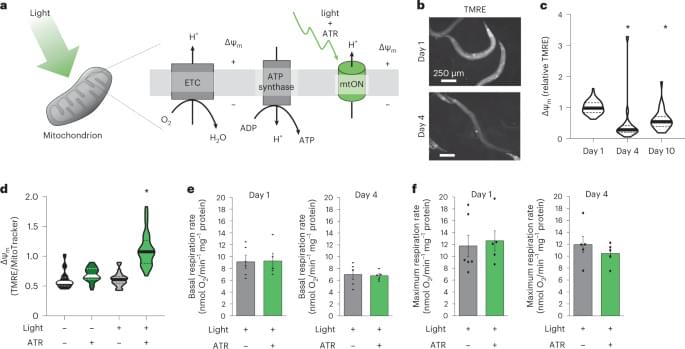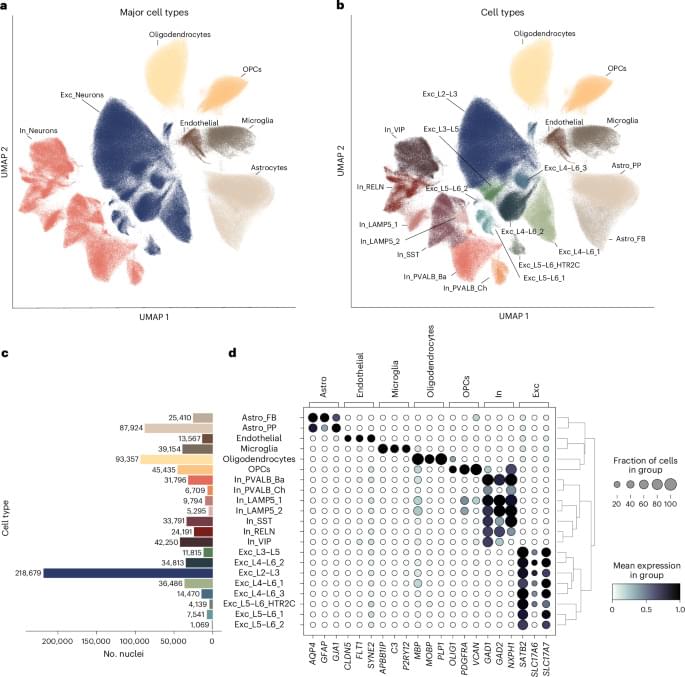The study, published Monday in the Canadian Medical Association Journal, found a 26 per cent reduction in non-palliative deaths among patients in St. Michael’s Hospital’s general internal medicine unit when the AI tool was used.
“We’ve seen that there is a lot of hype and excitement around artificial intelligence in medicine. We’ve also seen not as much actual deployment of these tools in real clinical environments,” said lead author Dr. Amol Verma, a general internal medicine specialist and scientist at the hospital in Toronto.







